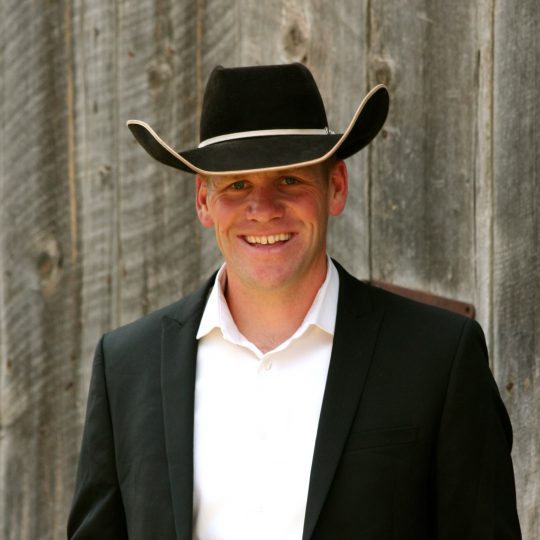At Home on the Range (Grades 6-8)

Keith Nantz is a first generation rancher from Northeast Oregon. Keith was inspired to become a rancher at a very early age. This interest has led him to a career where he gets to purse his passion everyday through his business of raising high-quality beef.
Rancher Keith Nantz recognizes at times the beef industry can be a daunting business because it requires you to have knowledge in areas such as hydrology, agronomy, animal health and husbandry, economics, finance, mechanics and ecology among others. Keith enjoys being immersed in every aspect of cattle production.
Keith Nantz and his partners in business collaborate to run a sustainable cattle operation and work to manage the lands in preservation of their natural resources. Keith is excited to invite to you to virtually tour the breathtaking rural Oregon scenery from his collaborating cattle operations!
At Home on the Range
Students will learn about rangelands by participating in a hands-on activity of growing their own grass to represent a beef cattle ranch.
Activity 1: Beef Production Virtual Field Trip
Watch the Beef Production Virtual Field Trip with students:
Each group will rotate around the stations taking a different “trail,” and on their way, they will start their own “ranch” with a small planting of grass.
Activity 3: Starting your own Ranch
Students will work to create their own ranch by growing a small plot of grass in a cup using the materials provided in the inquiry box. Once the seeds germinate, keep the peat pots moist, and allow the grass to grow until it has reached 2 – 3 inches (5-7 cm) in height. Students will be applying two different grazing treatments and will leave some of the grass untreated. When the grass is 2 – 3 inches ( 5 – 7 cm) tall, ask the students to use scissors to cut half of the grass blades short—1 inch ( 2.5 cm)—above the soil to simulate a cow grazing. They should clip another quarter of the grass down to the crown—where the blades meet the roots; this part of the blade is white in color. To simulate overgrazing, ask students to clip this quarter area to the crown every couple of days. The last quarter section of the grass should remain unclipped. Observe the grass for a few weeks, and then make comparisons.
Use the button above to view the complete lesson.
